Do you care for a reptile? Then you know the importance of having a safe and healthy environment for them to thrive in. Adding live plants to their terrarium is one way to achieve this. But which plants are best? Here, we’ll explore the safest and most beneficial live plants for your reptile terrarium. From Boston Ferns to Ponytail Palms, these living additions will make your pet’s home ideal!
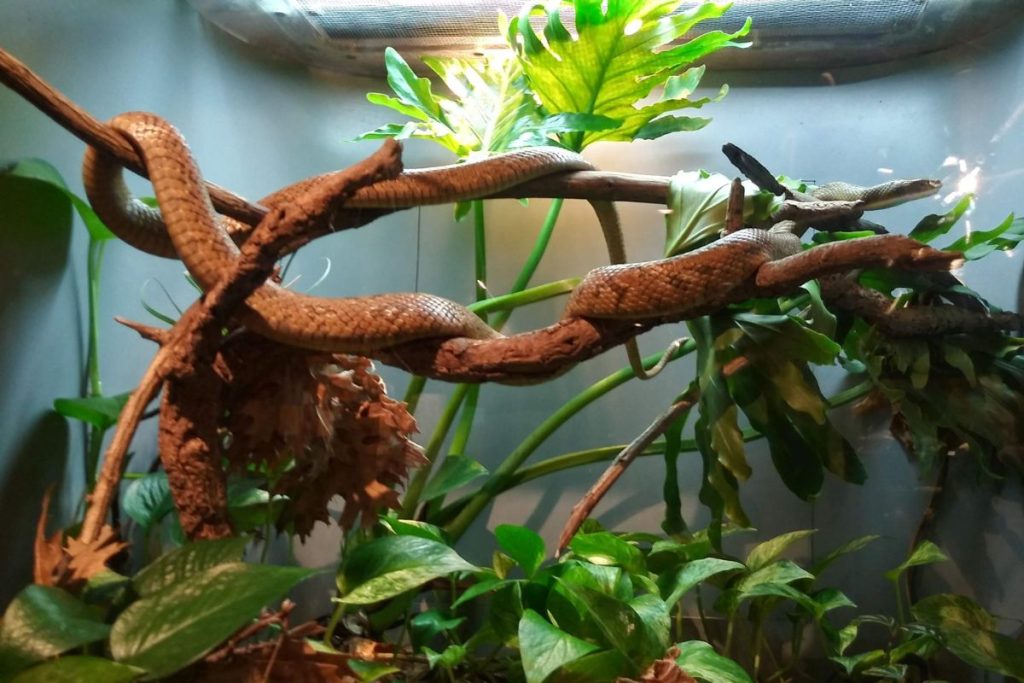
Contents
- 1 Best Live Plants For Reptile Terrarium
- 1.1 Boston Fern
- 1.2 Mesic Air Plants
- 1.3 Snake Plant
- 1.4 Ponytail Palm
- 1.5 Neoregelia Bromeliad
- 1.6 Spider Plants
- 1.7 Aluminum Plant
- 1.8 Succulents
- 1.9 Sphagnum Moss
- 1.10 Spineless Cacti
- 1.11 Nerve Plants
- 1.12 Xeric Air Plants
- 1.13 Inchplant
- 1.14 Carex Grass
- 1.15 Rattlesnake Plant
- 1.16 African Violet
- 1.17 Peperomia caperata
- 1.18 Lucky Bamboo
- 1.19 Herringbone Plant
- 1.20 Scindapsus
- 1.21 Golden Pothos
- 1.22 Aloe Vera
- 1.23 Philodendron scandens
- 1.24 Staghorn Fern
- 1.25 Philodendron micans
- 1.26 Conclusion
Best Live Plants For Reptile Terrarium
Boston Fern

You’ll love the Boston Fern in your reptile terrarium! This lush and vibrant plant is easy to care for and provides a safe environment for your reptile. The humidity of this plant is beneficial to reptiles, as well as its soft leaves that allow your scaly friends to hide or climb. It’s important to be mindful of the soil used with this plant, as it should be well-draining so that water doesn’t build up and cause root rot. With proper light, water, and fertilizer, you can ensure the healthiest environment for your pet!
Mesic Air Plants
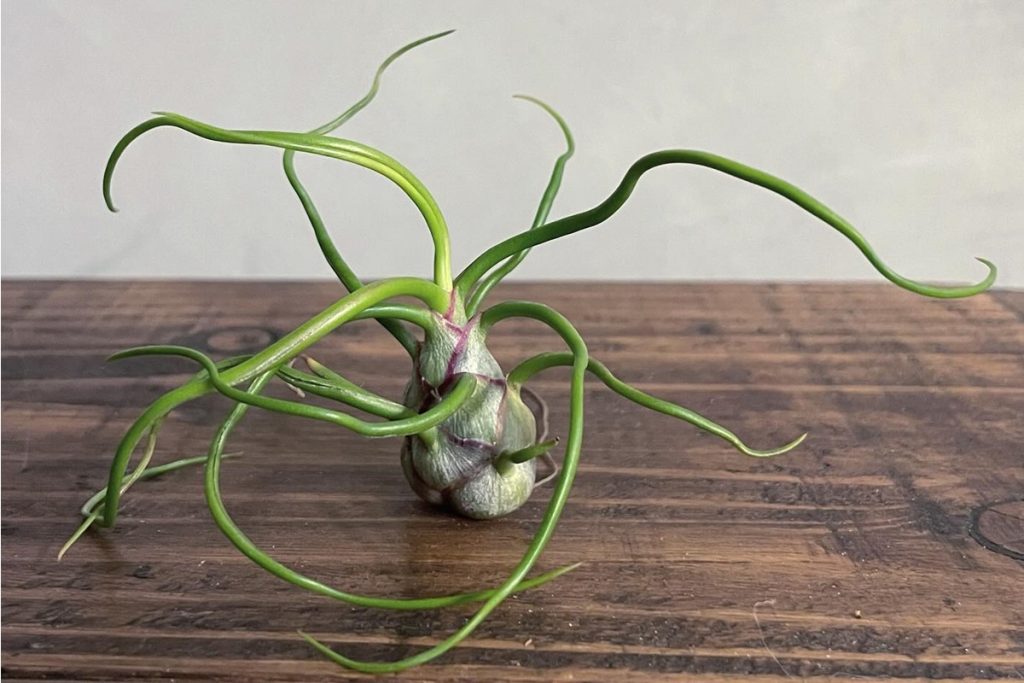
Mesic air plants are epiphytic plants belonging to the Tillandsia genus. They thrive in moderate to high-humidity environments and absorb moisture and nutrients from the air, rainwater, and debris. These non-parasitic plants have specialized leaf structures called trichomes to aid in water and nutrient absorption. Mesic air plants are known for their unique appearance and are often grown for decorative purposes. They require bright indirect light, regular misting or soaking, and proper air circulation to thrive.
Snake Plant
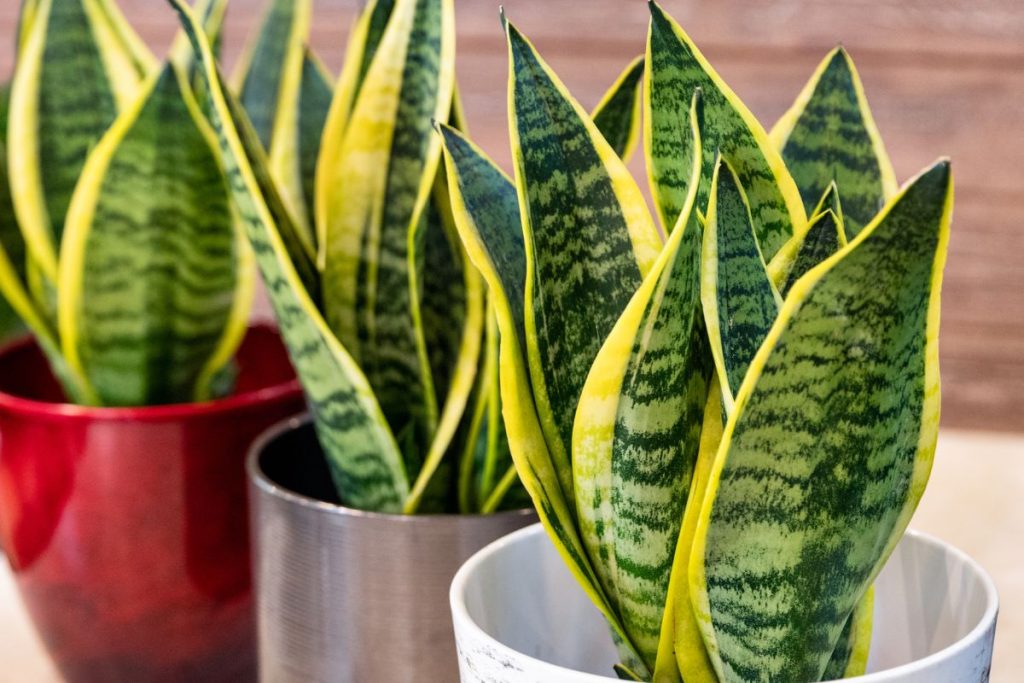
Adding a snake plant to your reptile habitat can give it a unique feature and help it stand out! With its long, spiky leaves, this low-maintenance plant is the perfect addition to any terrarium. It’s also safe for your reptile companions thanks to its non-toxic nature. Snake plants are easy to care for and require only occasional misting or watering. These hardy plants also purify the air in your habitat, making them an ideal addition to any terrarium.
Ponytail Palm
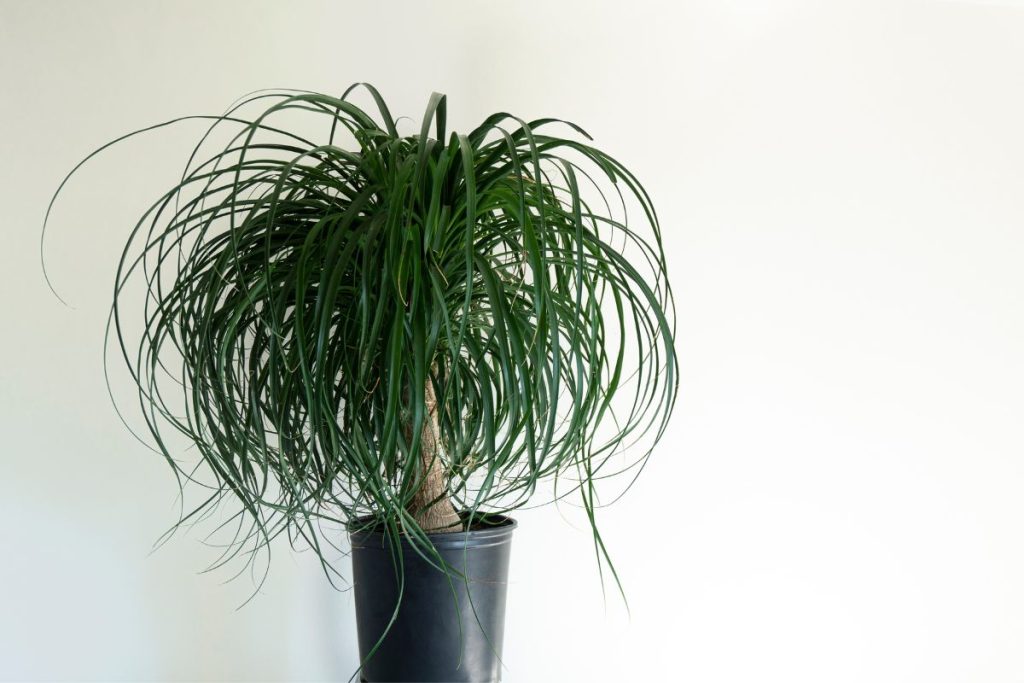
The Ponytail Palm is a great choice for your reptile habitat, offering a unique and eye-catching look with its bulbous trunk and arching fronds. It’s non-toxic to reptiles, so it won’t harm them if they try to eat it. The palm also requires minimal maintenance, needing only occasional watering. It’s also resilient to pests that might otherwise invade other plants in the terrarium. Add this beautiful plant to your habitat today for a touch of nature!
Neoregelia Bromeliad
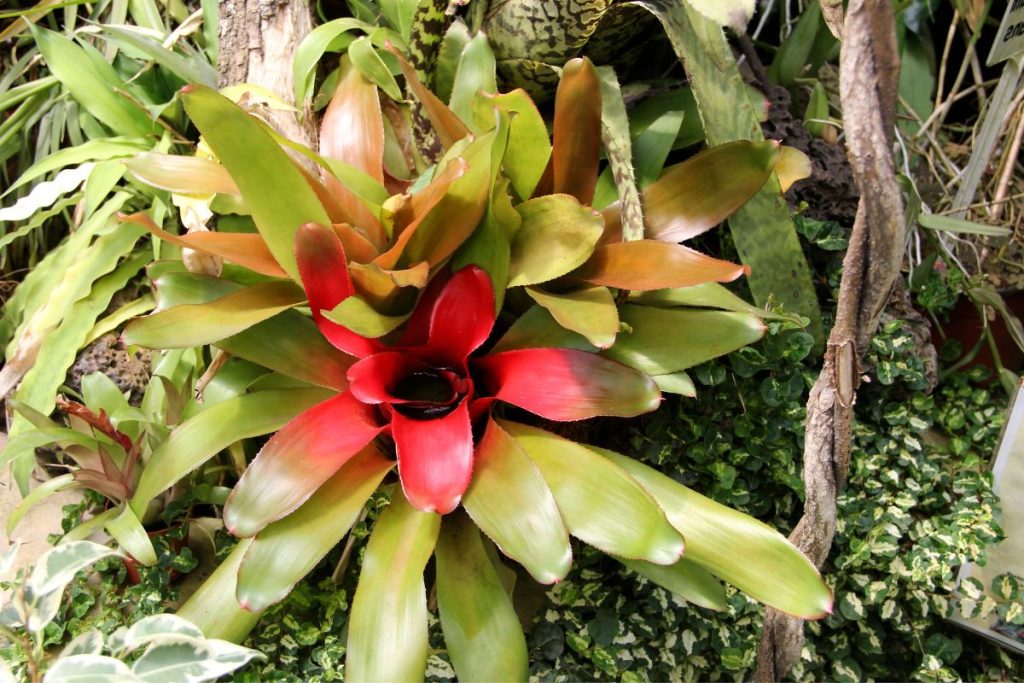
Neoregelia Bromeliad is an attractive choice for your reptile habitat, providing a lush and vibrant touch with its colorful leaves. It’s non-toxic to reptiles, making it a safe addition that won’t harm your scaly friend. Easily maintained and requiring minimal care, this plant will bring life to any terrarium. Its broad leaves absorb moisture from the air, helping keep humidity levels optimal for your reptile’s health. Plus, it comes in a variety of sizes and colors so you can customize the perfect habitat for your pet!
Spider Plants

Spider plants are a great choice for your reptile habitat. Non-toxic and easy to care for, they come in many sizes and colors. They provide natural beauty while being safe for your pet. Plus, their air-purifying abilities make them ideal for the terrarium environment. Sturdy leaves won’t easily tear or break in the humid climate, making them an excellent long-term addition to your reptile’s home.
Aluminum Plant
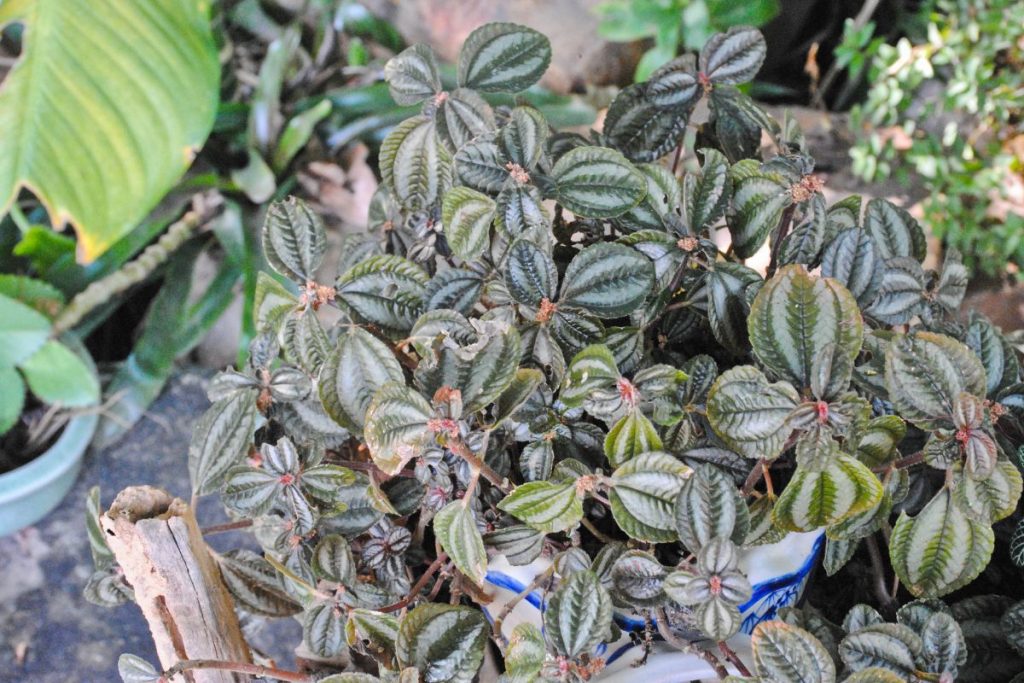
You’ll love the unique foliage of an aluminum plant in your reptile habitat! This low-maintenance, pet-safe plant is easy to care for and provides a beautiful addition to any terrarium. Its low-growing evergreen leaves make it perfect for small animal habitats, and its compact size prevents it from overwhelming the space. Plus, its non-toxic nature means your reptiles can explore without worry. Keep it in bright, indirect sunlight and water it regularly to ensure a healthy plant!
Succulents
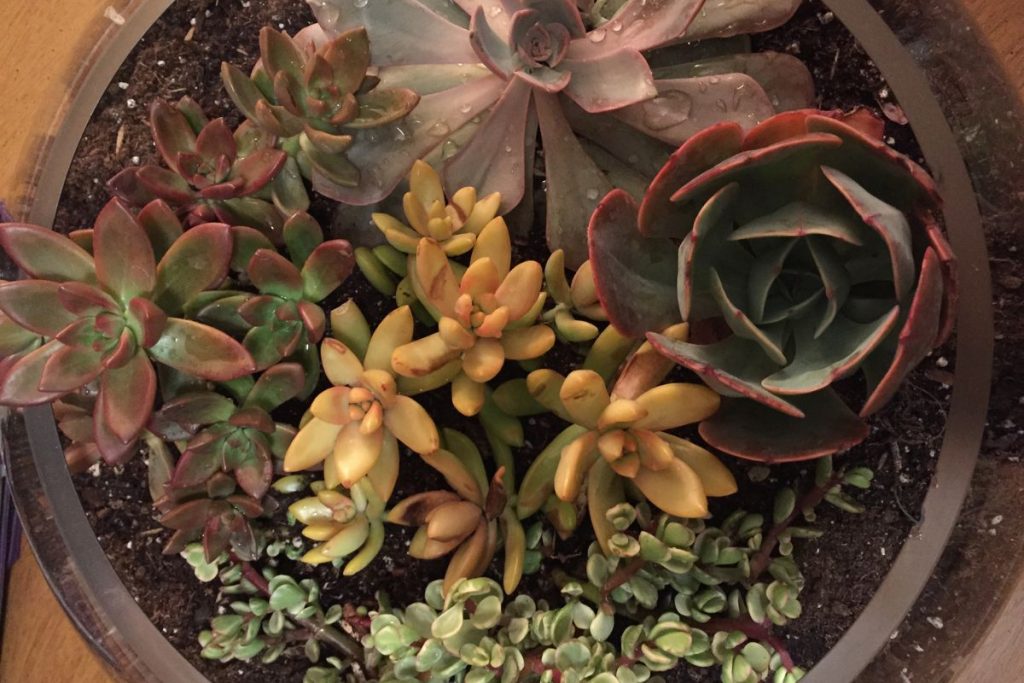
Succulents are a great way to add color and texture to your pet’s habitat! They don’t require much maintenance, making them an ideal choice for busy reptile owners. Varieties like the Jade Plant and Haworthia Zebra Plant can thrive in warm, humid climates with plenty of sunlight. These plants may need regular watering, but be sure not to overwater – succulents can easily suffer from root rot if given too much moisture. With proper care, these plants will look beautiful and help create a safe environment for your reptile.
Sphagnum Moss
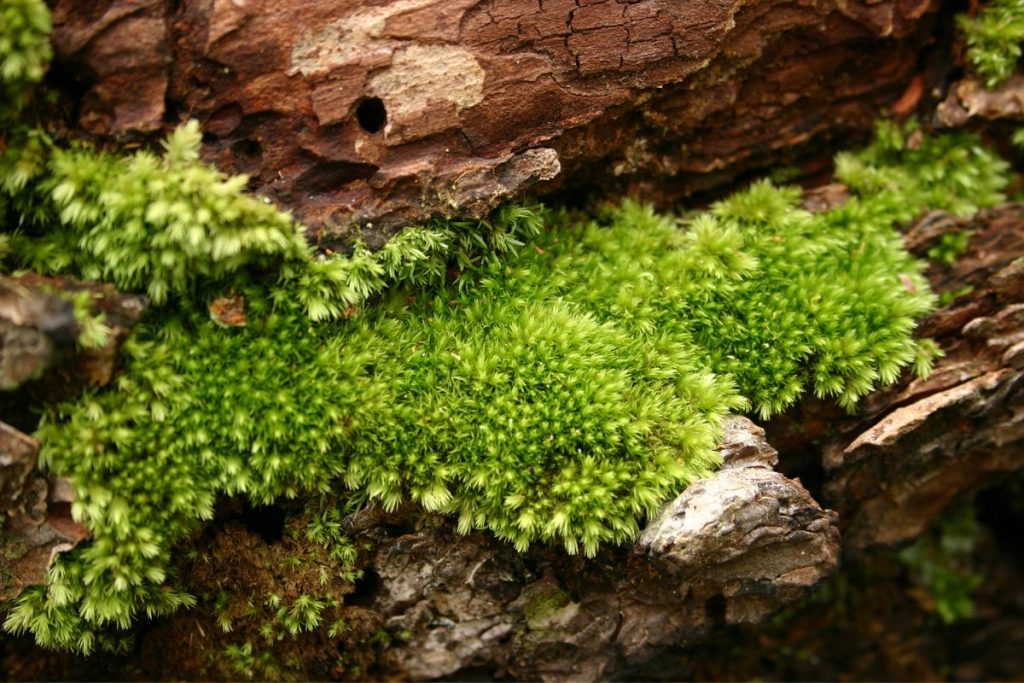
Sphagnum moss is a great addition to your pet’s habitat, offering insulation and moisture retention that can help keep them comfortable. It’s an excellent way to provide safety for your reptile as it won’t cause any harm if ingested. Plus, it provides protection from overheating or drying out. This type of moss is easy to maintain and can be kept clean with regular misting. With proper care, it will create a healthy environment for your pet!
Spineless Cacti
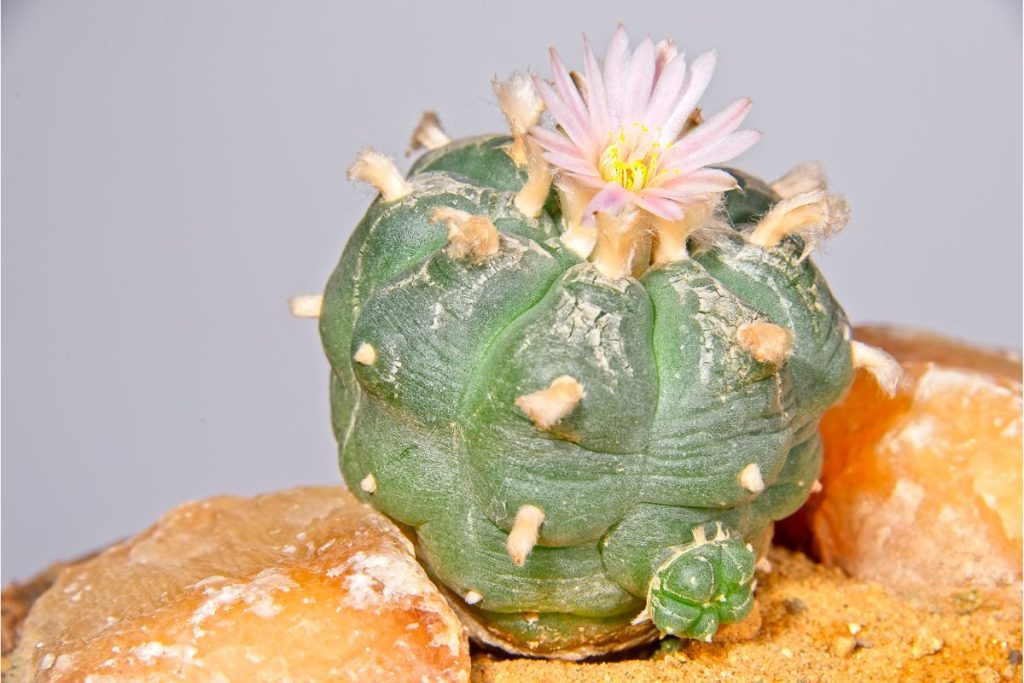
Now let’s talk about spineless cacti! These are a great option if you want to add some more visual appeal to your reptile terrarium. They’re non-toxic and safe, so you don’t have to worry about them harming your pet. Plus, they can survive in low moisture environments, making them perfect for desert dwellers like many reptiles. They won’t require a lot of care either – just make sure you keep the soil lightly moist and provide lots of indirect sunlight.
Nerve Plants
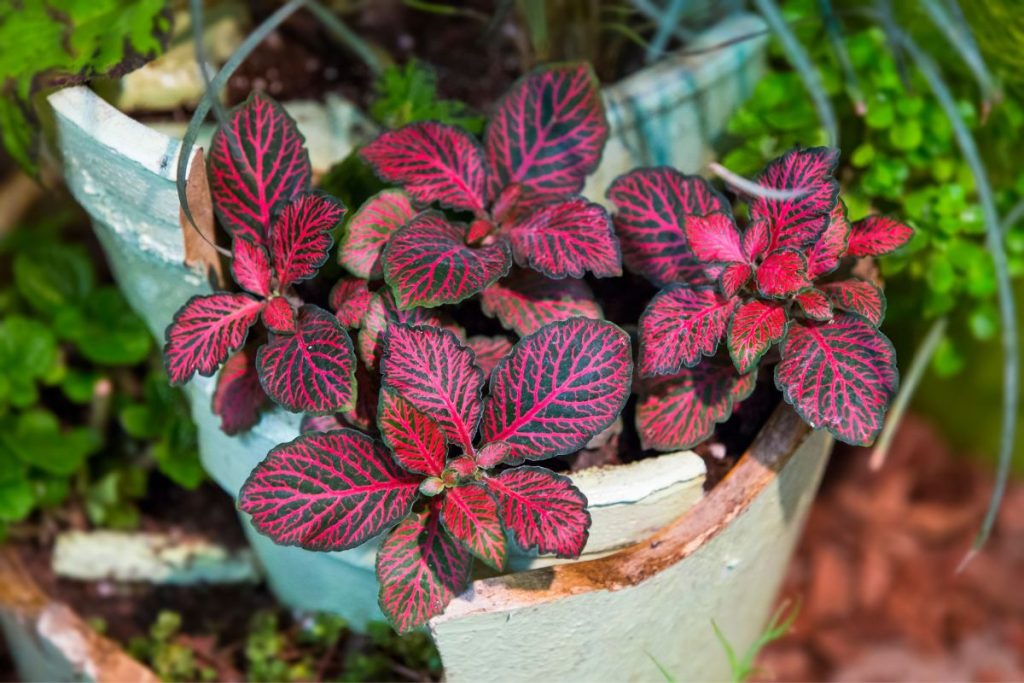
If you’re looking to add some greenery to your pet’s enclosure, nerve plants are a great option! Nerve plants are a low-maintenance and safe choice for reptile terrariums. They thrive in indirect light and need regular watering. These hardy plants also have an interesting shape with their long, slender leaves that come off of one stem. Be aware that toxic sprays or fertilizers can be harmful to these delicate plants! With proper care, nerve plants can make a beautiful addition to any reptile habitat.
Xeric Air Plants
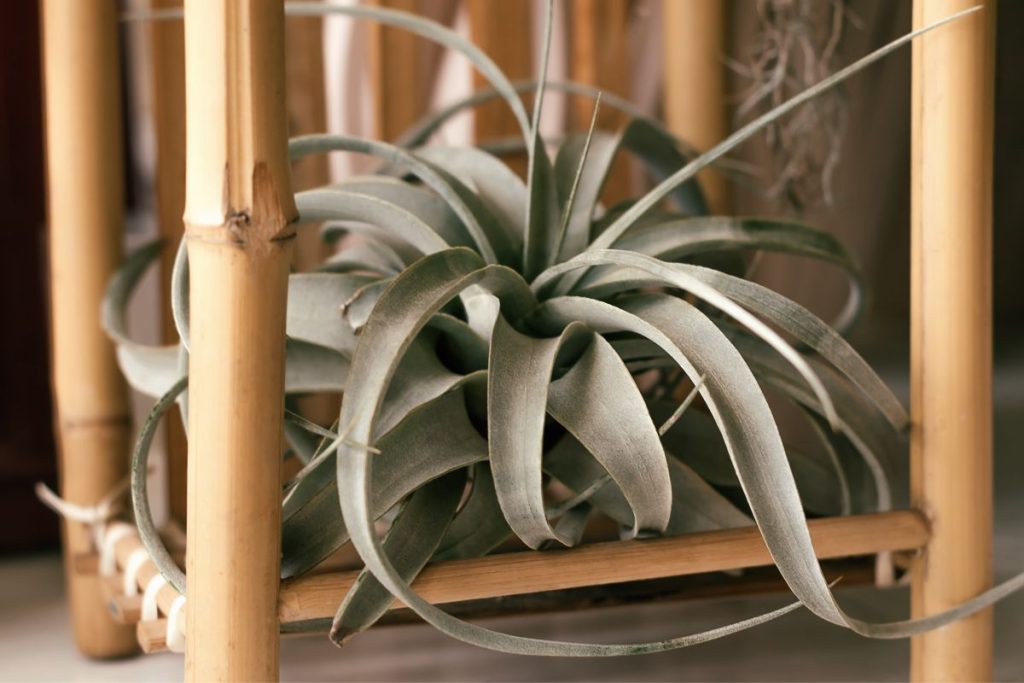
Xeric air plants are a type of epiphytic plant that belongs to the Tillandsia genus and are adapted to arid environments. The word “Xeric” refers to their ability to withstand dry and low-humidity conditions. Like other air plants, they do not depend on soil for growth and obtain water and nutrients from the air. Xeric air plants have specialized structures called trichomes on their leaves, which help them collect moisture and nutrients from the environment. These plants come in various shapes, sizes, and colors, and are often grown for their aesthetic appeal. Xeric air plants require bright light, good air circulation, and infrequent watering to thrive in arid conditions, making them ideal for low-maintenance and drought-tolerant gardens or terrariums.
Inchplant
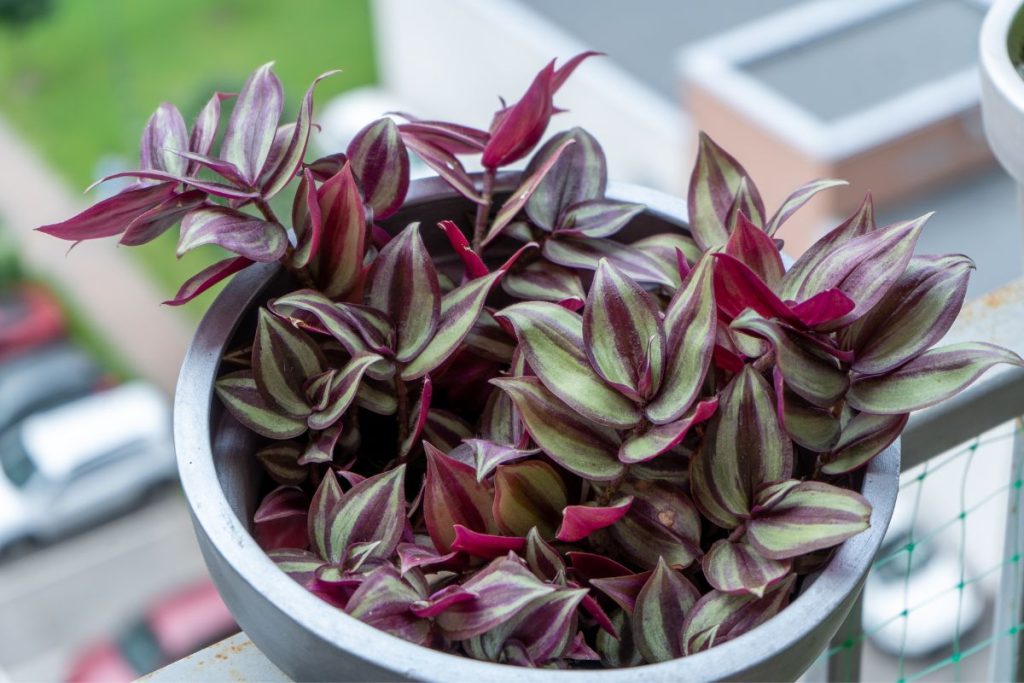
Inchplants, scientifically known as Tradescantia zebrina or Tradescantia spathacea, are a genus of trailing plants that are suitable for reptile terrariums. These plants are often chosen for their vibrant foliage and ability to withstand the warm and humid conditions found in reptile habitats. Inchplants have attractive, variegated leaves with purple, green, and silver stripes, making them visually appealing in terrarium setups. Additionally, inchplants are relatively easy to care for, requiring moderate to bright indirect light and regular watering. They create a natural and calming environment for reptiles, as their trailing vines offer areas for climbing and hiding. Furthermore, inchplants are safe for reptiles, meaning they are not toxic if ingested, providing additional peace of mind for reptile owners.
Carex Grass
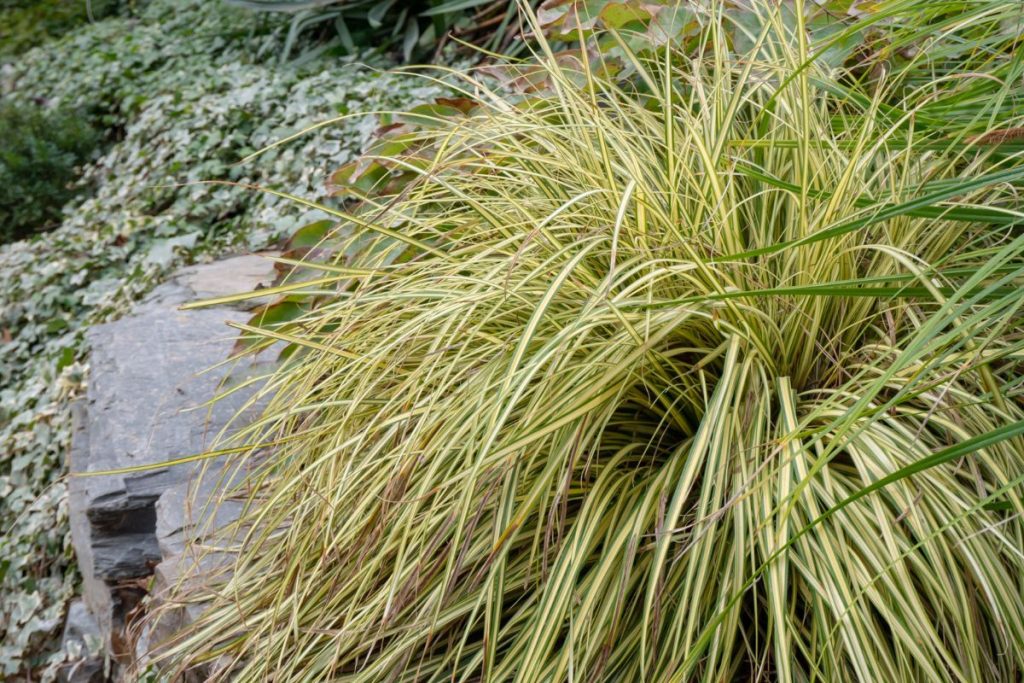
Carex grass is an easy-to-care-for plant that’s perfect for your pet’s enclosure, as it doesn’t need soil and can’t be over-watered. This makes Carex a great choice for those seeking safety when creating a reptile terrarium. It requires low light and only needs to be misted or watered occasionally. Plus, its dense foliage provides natural hiding spots for your pet to hide away in. With proper care, this grass can last for many years in your terrarium!
Rattlesnake Plant
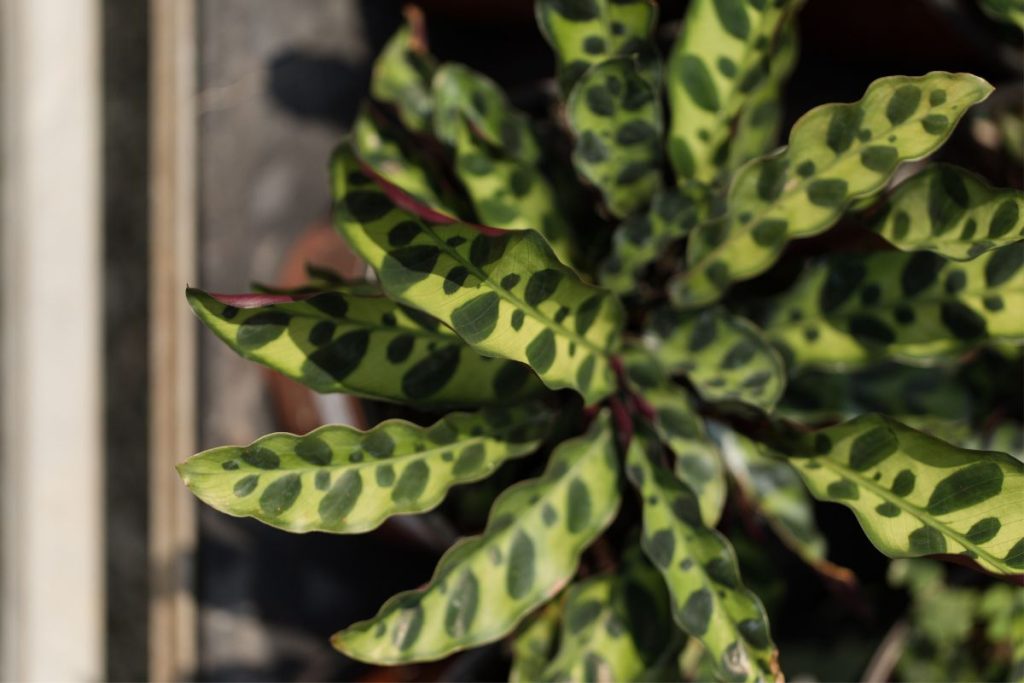
The Rattlesnake Plant is a popular choice for its unique look and low maintenance needs. Its attractive foliage and easy care make it an ideal live plant for reptile terrariums. This plant is non-toxic, so it won’t harm your reptile if ingested. It is also easy to propagate, as each leaf can be broken off and rooted in soil or water. With proper care, this plant will thrive in your reptile’s terrarium, adding a beautiful splash of color that enhances the environment without posing any risk to your pet.
African Violet
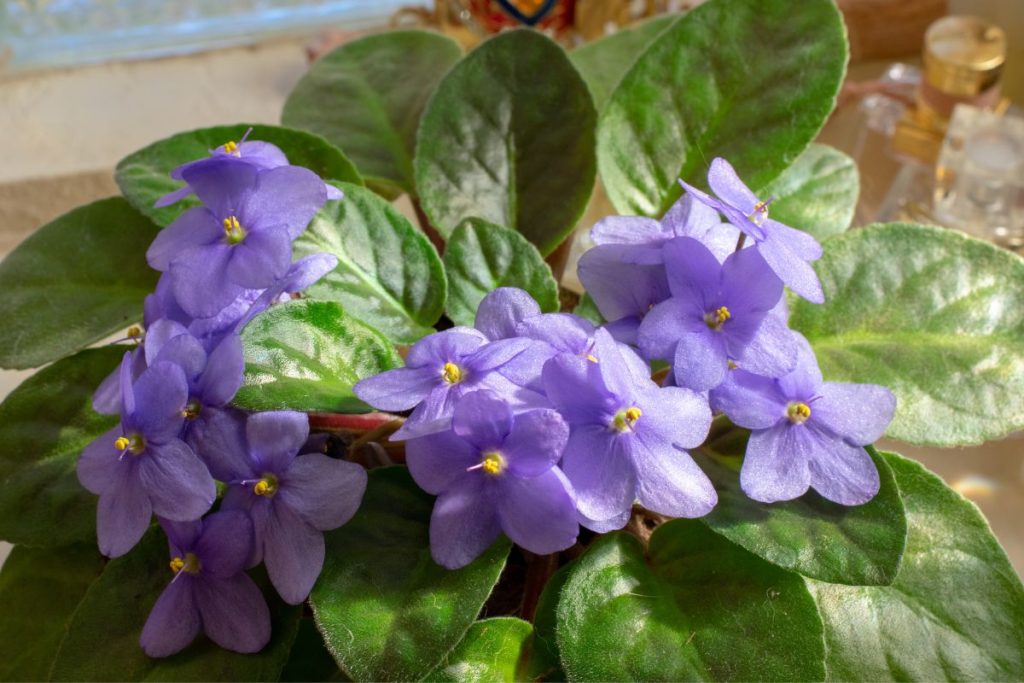
If you’re looking for an easy-to-care-for plant that adds a bit of color to your space, why not try an African Violet? These plants are perfect for reptile terrariums and require minimal maintenance. They do best in indirect sunlight and modestly warm temperatures and need moderate watering to keep their soil damp. An African Violet’s leaves will bring a pop of purple or pink hues into any environment. With proper care, these plants can bloom year-round! Be sure to wear gloves when handling the plant to avoid potential skin irritation.
Peperomia caperata
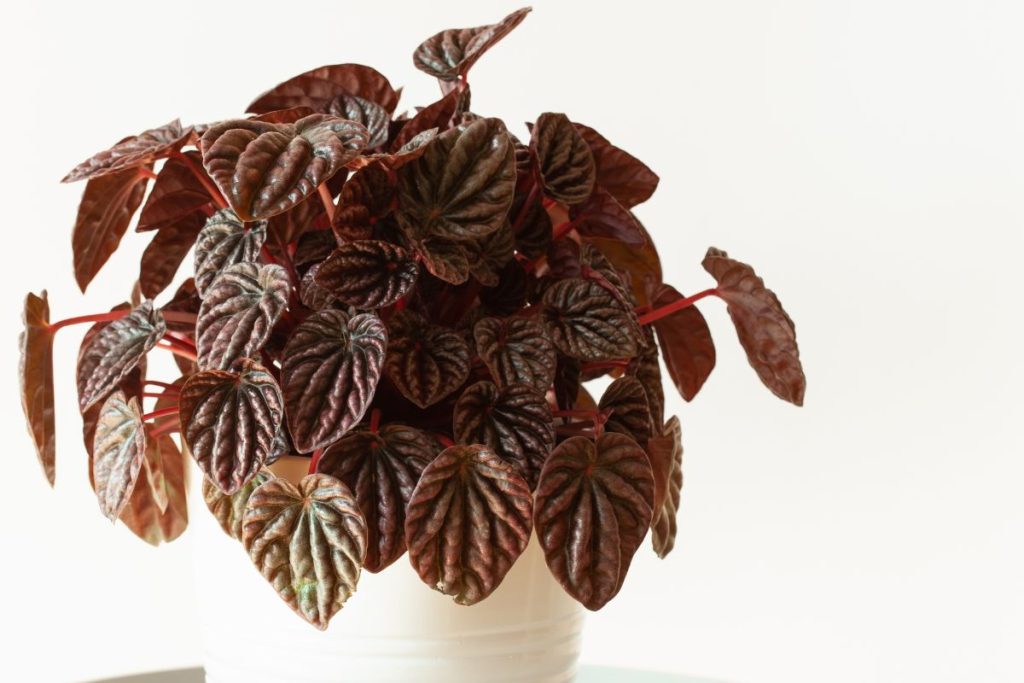
You’ll love the lush foliage of Peperomia caperata, a popular houseplant that adds vibrant color to your space. This live plant is safe for reptile terrariums and is easy to care for with minimal maintenance. It’s an excellent choice if you’re looking for bright green leaves, red stems, and occasional blooms. Plus, it can tolerate low light and infrequent watering, making it a great pick for novice gardeners or busy pet owners!
Lucky Bamboo

Lucky Bamboo is an attractive, easy-to-care-for houseplant that doesn’t need much light or water. It’s a popular choice for terrariums since it’s safe for reptiles and can survive in many environments. Lucky Bamboo requires minimal maintenance with occasional watering and misting to keep the leaves clean. Despite its name, it isn’t a true bamboo plant but rather a species of Dracaena. Its lush green stems are perfect for brightening up your terrarium while providing safety for your reptile!
Herringbone Plant
Herringbone plants, scientifically known as Maranta leuconeura, are a species of tropical plants that are suitable for reptile terrariums. These plants are popular for their decorative and unique foliage, which features intricate patterns resembling a herringbone or fishbone. The vibrant green leaves often have contrasting colors and markings, adding visual interest to the terrarium. Herringbone plants thrive in warm and humid conditions, making them well-suited for reptile habitats. They prefer moderate to bright indirect light and regular watering, making them relatively low-maintenance. The dense foliage of herringbone plants also provides shade and hiding spots for reptiles, helping create a natural and enriching environment within the terrarium.
Scindapsus
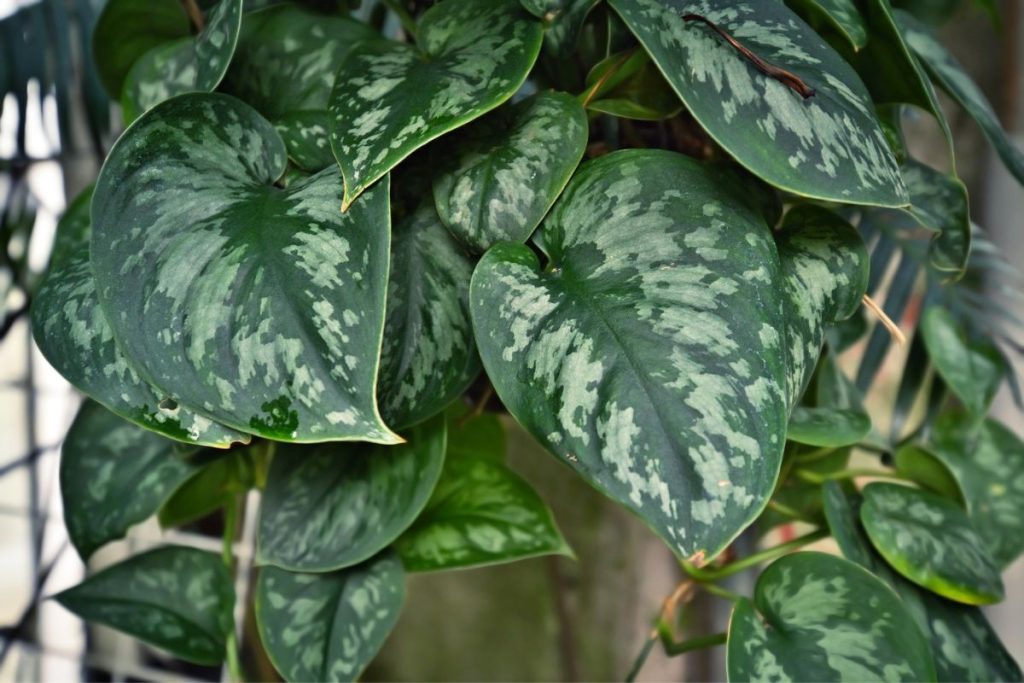
Scindapsus plants are a type of tropical vine commonly known as the Satin Pothos. These plants are popular for their attractive heart-shaped leaves and their ability to thrive in various growing conditions. Scindapsus plants are suitable for reptile terrariums as they are non-toxic to animals, making them safe for reptiles to be around. They tolerate a wide range of light levels, from low to bright indirect light, making them adaptable to different terrarium setups. In addition, they are relatively low-maintenance, requiring moderate watering and occasional pruning. The vines of Scindapsus can also provide climbing opportunities and natural enrichment within the terrarium, enhancing the reptile’s habitat.
Golden Pothos

Golden Pothos, or ‘Epipremnum aureum’, is an attractive houseplant that won’t require much upkeep. It’s also non-toxic to reptiles and can be used as a safe decorative addition to any reptile terrarium. This vining plant is known for its glossy, heart-shaped leaves and grows well in indirect sunlight or fluorescent light. Its trailing stems are perfect for adding height and texture to your pet’s enclosure. Make sure the soil stays moist but not soggy, and don’t forget to fertilize every few months for optimal growth!
Aloe Vera

Aloe Vera is a great addition to your home, as it’s known for its many health and beauty benefits. It can also be a safe and beneficial option for reptile terrariums. Aloe requires little maintenance and will thrive in indirect light. Its long-lasting leaves provide shelter and humidity control which can help create a comfortable environment for reptiles. Aloe should not be ingested by any animal or person, so ensure that it is securely placed within the terrarium away from curious pets.
Philodendron scandens
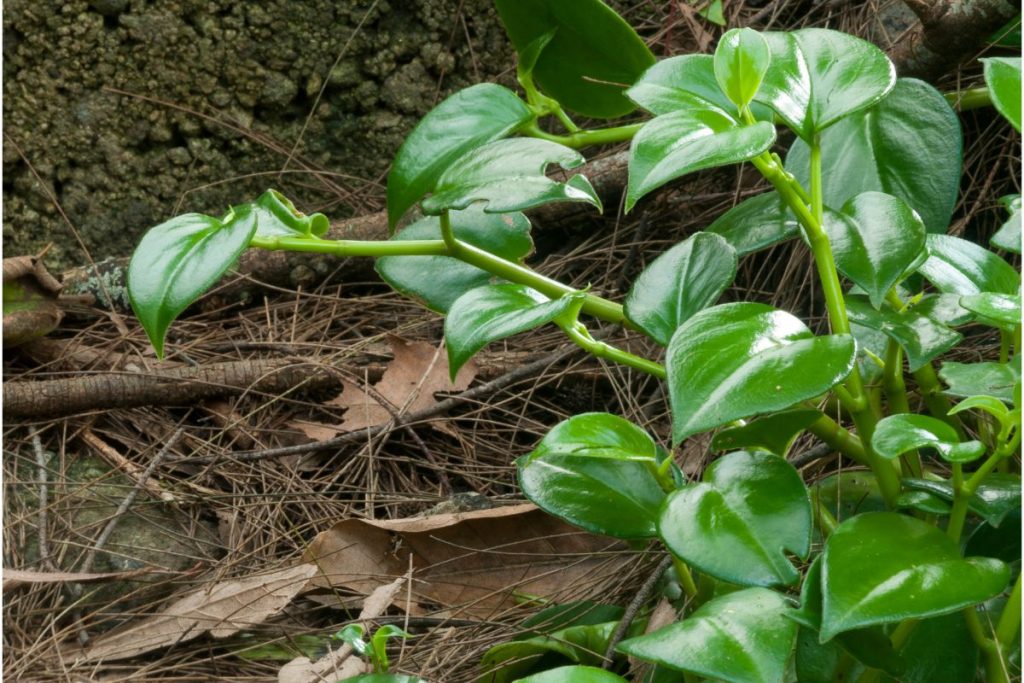
If you’re looking for an attractive, safe live plant to add to your reptile terrarium, consider the Philodendron scandens. It’s a popular choice with many reptile owners due to it being non-toxic and easy to care for. Its leaves are soft and lush, providing a great hiding spot for your pet. However, be sure to keep it away from direct sunlight as this could burn its delicate leaves. With proper care, it can grow quickly in your terrarium!
Staghorn Fern
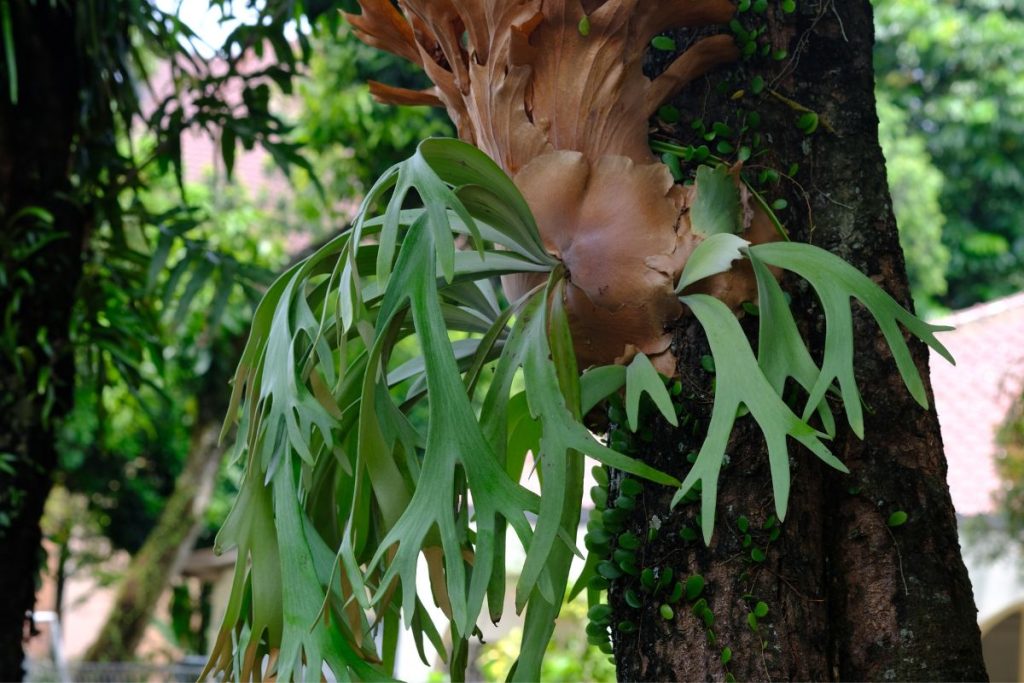
Staghorn ferns are a unique and beautiful addition to any home or garden, making them a great choice for those who want an interesting plant. They’re easy to care for and safe for reptiles, as they don’t contain toxins. Plus, their hanging fronds make a captivating display in terrariums. You just need indirect light and occasional misting on the leaves to keep them happy. They’ll bring an exciting new look to your reptile’s habitat!
Philodendron micans
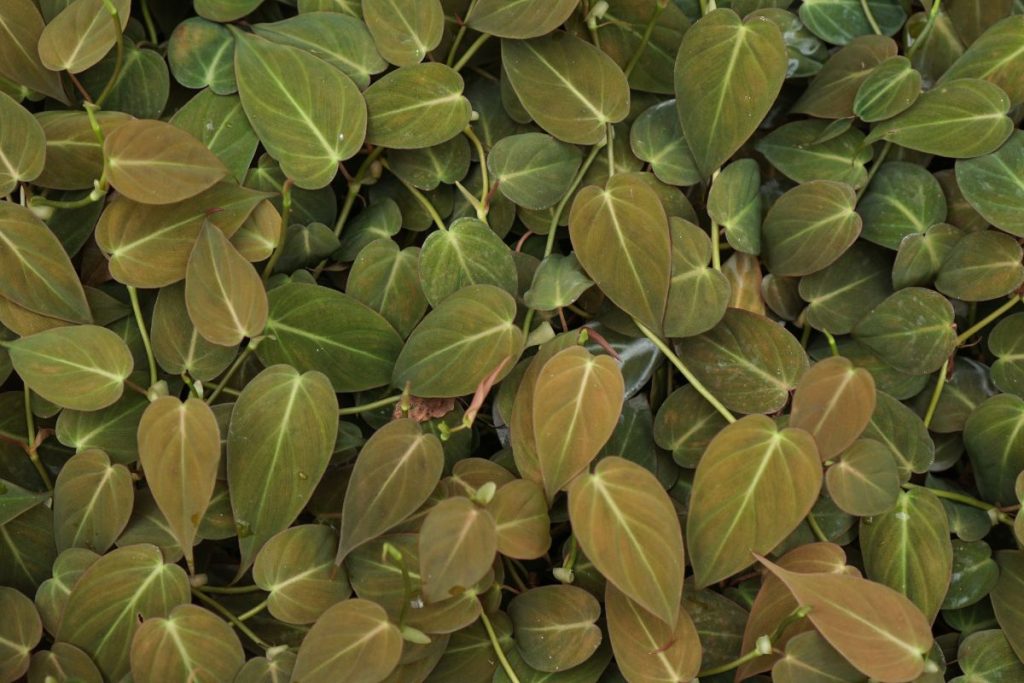
Philodendron micans is a stunning, velvety-leafed plant that’s perfect for adding texture and color to any home or garden. It’s easy to care for and requires minimal maintenance. This live plant is safe for reptile terrariums and can handle various light levels from low to bright, as long as it gets some indirect sun. Water when the top inch of soil feels dry, and fertilize every two weeks during its growing season. With proper care, this plant will add a lush look to your terrarium!
Conclusion
You have many options when it comes to choosing the best live plants for your reptile terrarium. Boston fern, mesic air plants, snake plant, ponytail palm, neoregelia bromeliad, aloe vera, philodendron scandens, and staghorn fern are all excellent choices. With so much variety out there, you’re sure to find one that suits your needs. As the old adage goes “variety is the spice of life” – so don’t be afraid to mix and match a few different types of plants in order to create a beautiful living environment for your pets!
